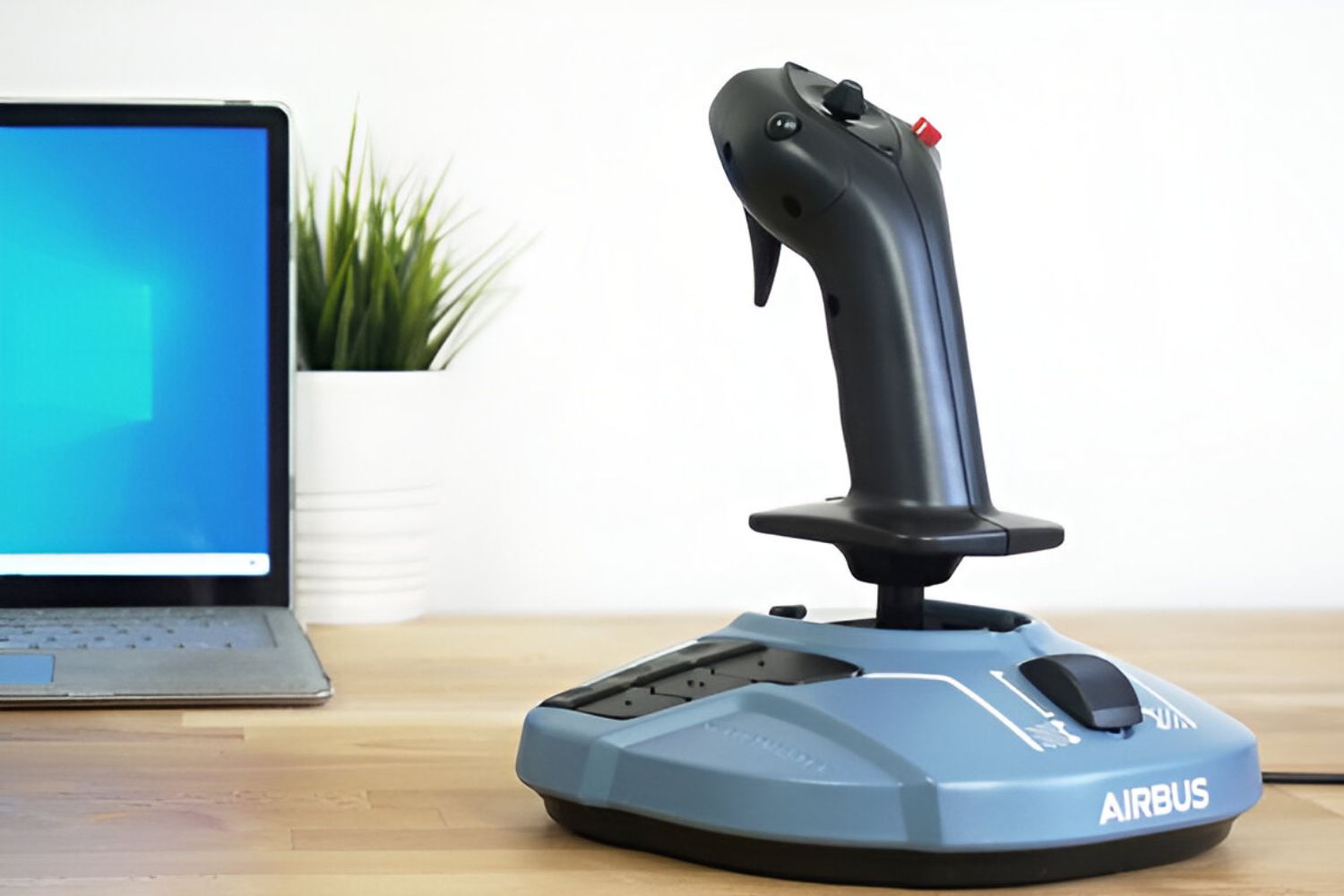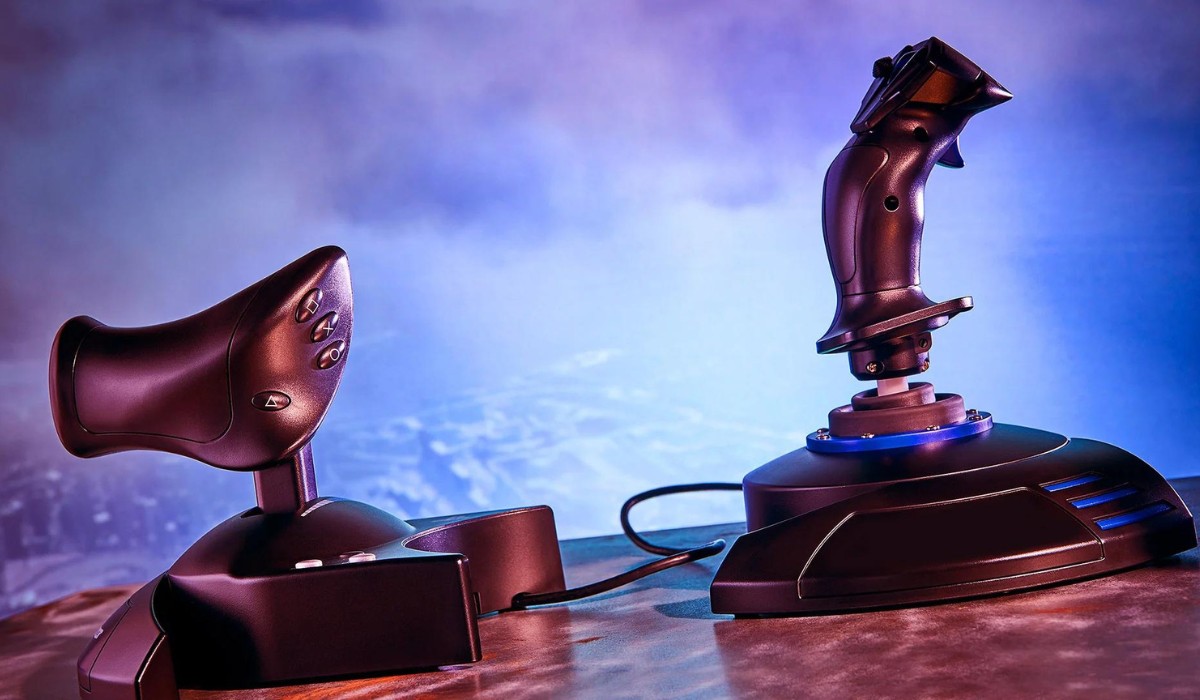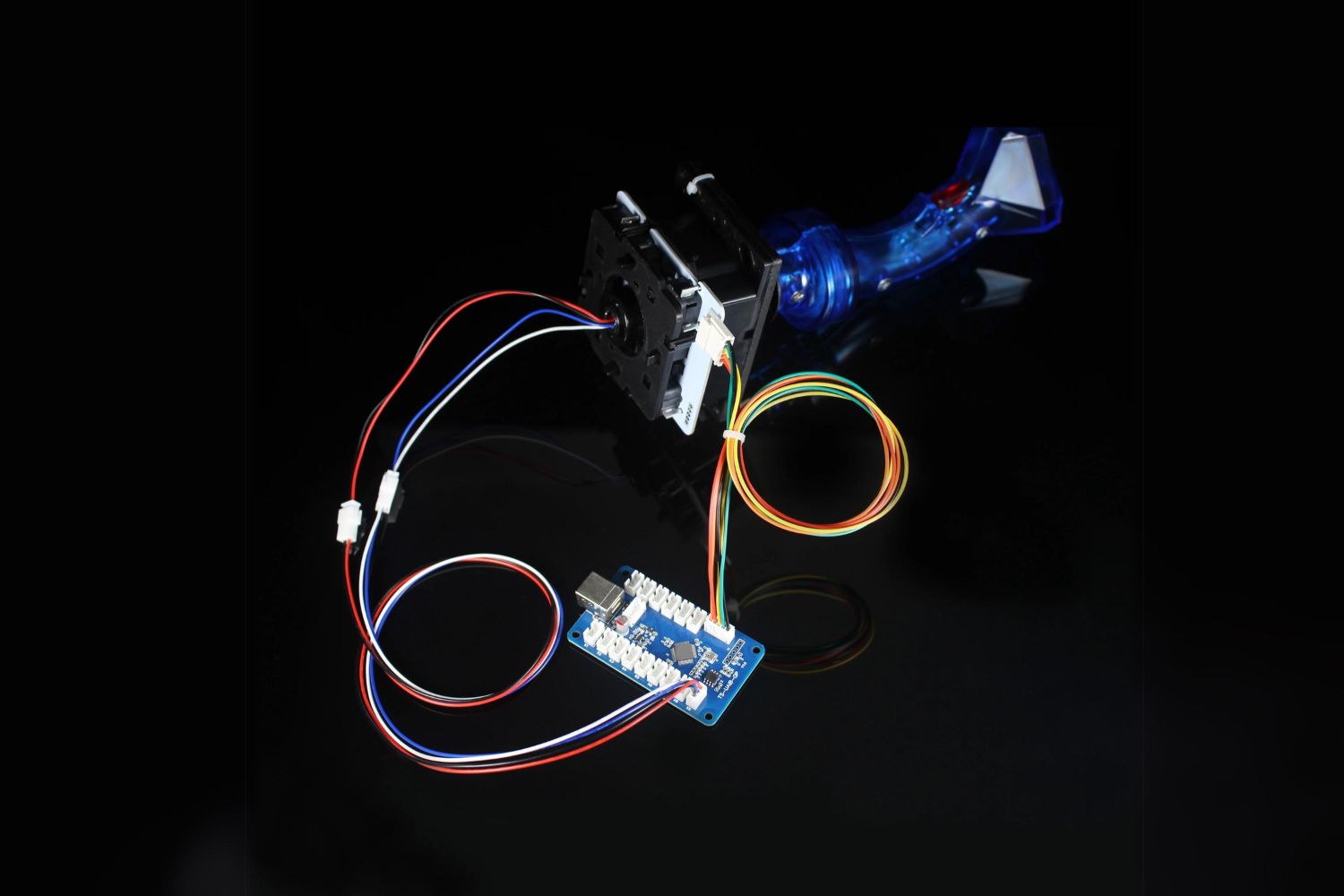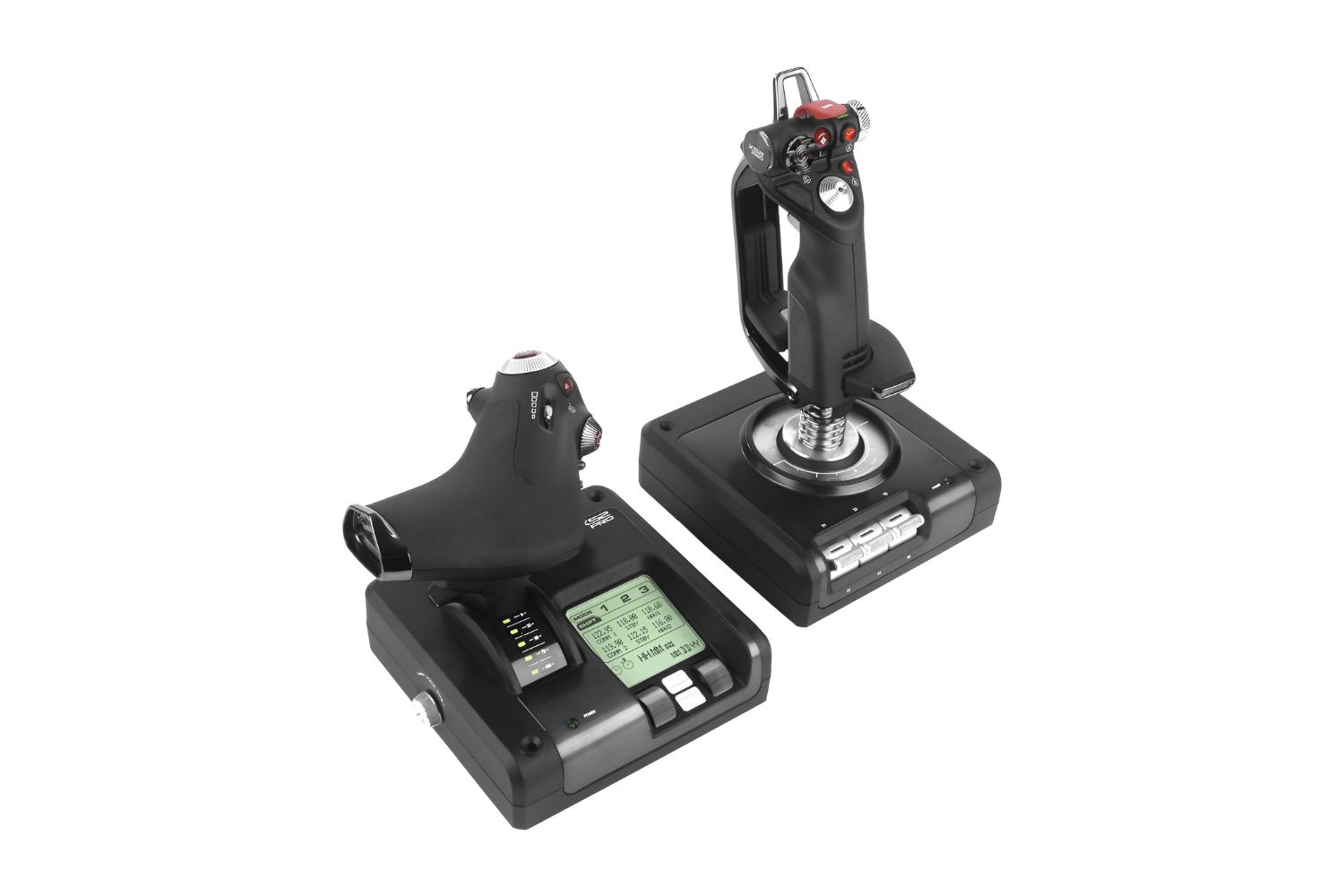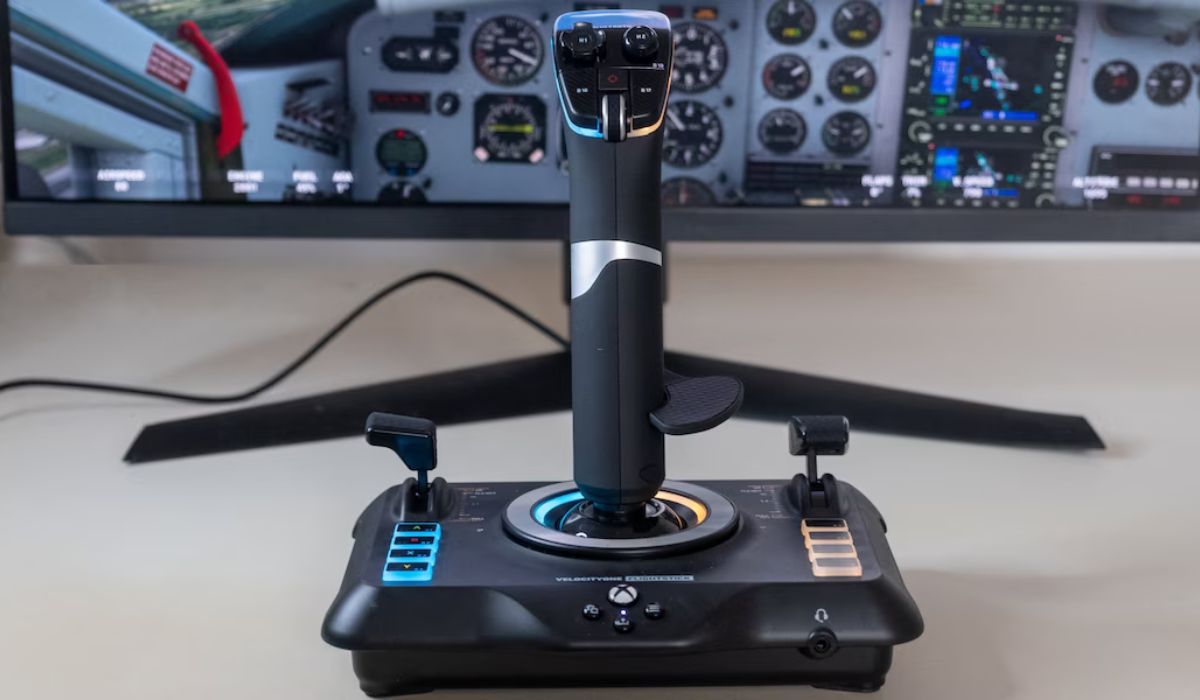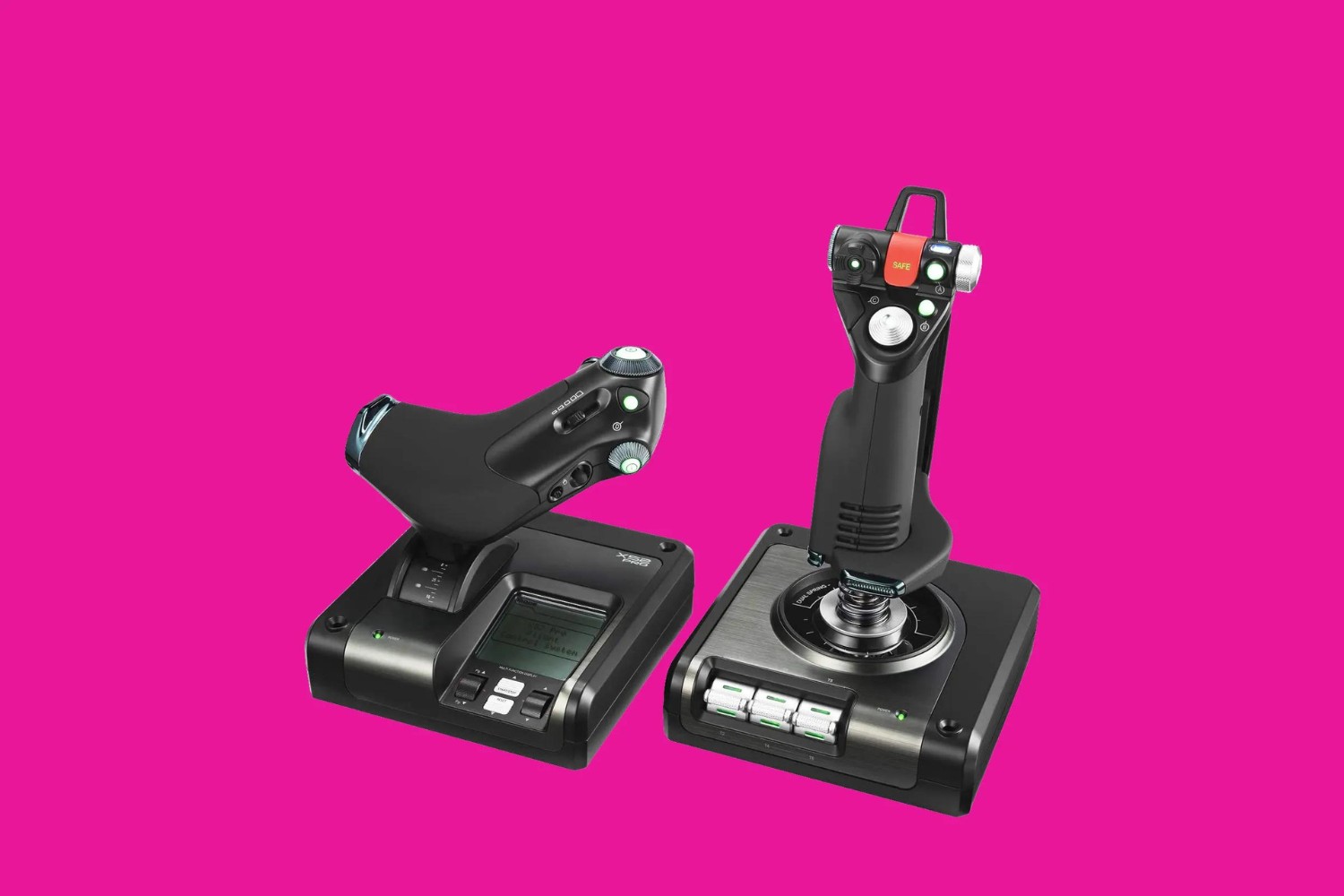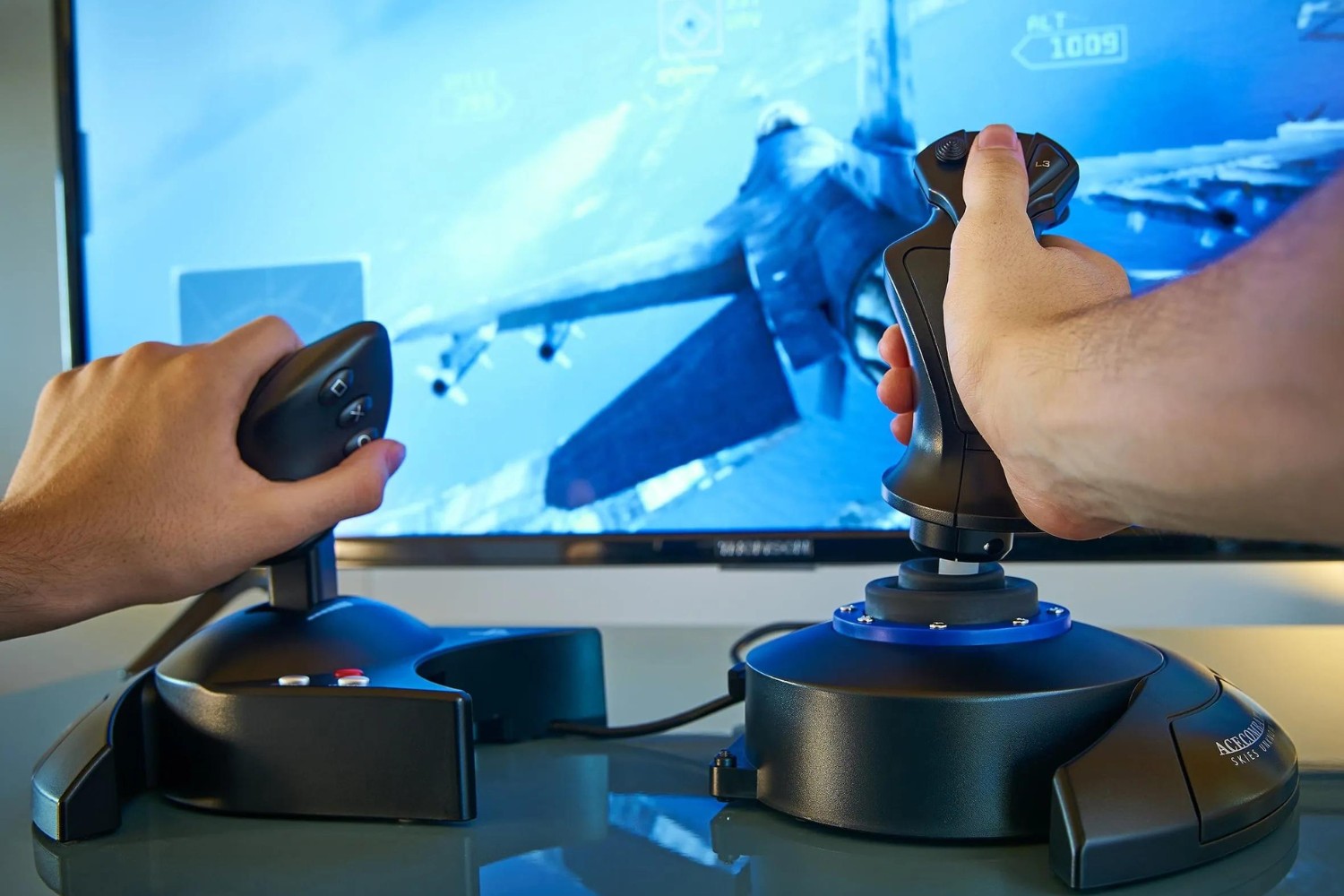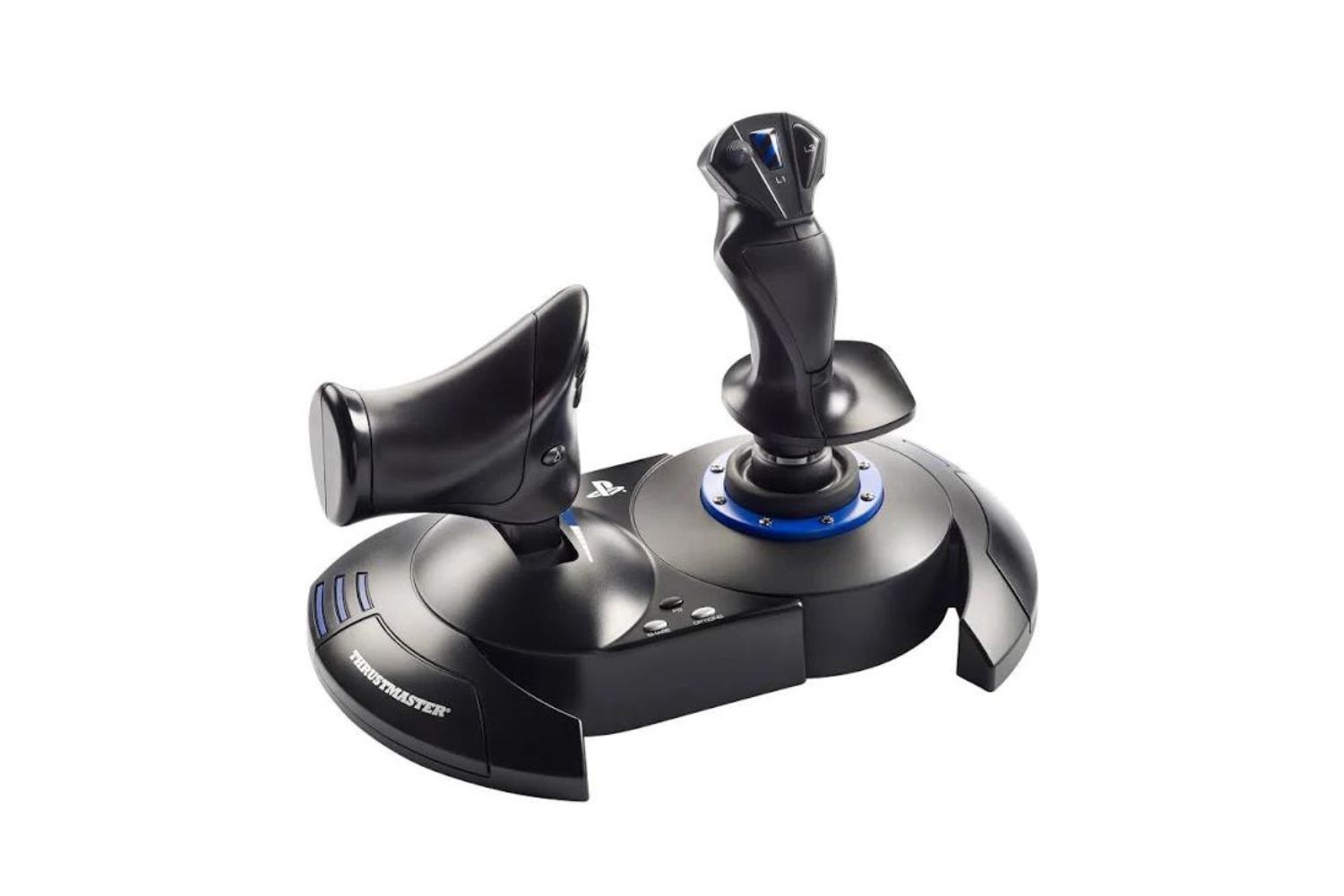Introduction
Introduction
So, you've decided to take your flight simulation experience to the next level by embracing the immersive world of a flight stick. Whether you're a novice or a seasoned virtual aviator, mastering the art of piloting with a flight stick can be a thrilling yet challenging endeavor. This guide is designed to help you navigate the transition and make the most of your flight stick experience.
Embracing a flight stick can add a new dimension to your flight simulation adventures, offering a tactile and responsive control system that closely mimics the experience of real-world aviation. While the learning curve may seem daunting at first, with patience and practice, you'll soon find yourself effortlessly maneuvering through the virtual skies with precision and finesse.
In the following sections, we'll delve into the fundamentals of flight sticks, guide you through the setup process, and provide tips for honing your skills. Whether you're aspiring to conquer the virtual skies in a combat aircraft or leisurely soar through picturesque landscapes in a light aircraft, this guide will equip you with the knowledge and techniques to adapt to and excel with your flight stick. Let's embark on this exhilarating journey and elevate your flight simulation experience to new heights.
Understanding the Basics of a Flight Stick
Before delving into the intricacies of using a flight stick, it’s essential to grasp the fundamental components and functionalities of this pivotal tool. A flight stick, also known as a joystick, serves as the primary interface between the virtual pilot and the aircraft within the simulation environment. Unlike traditional game controllers, a flight stick is designed to emulate the control column found in real aircraft, offering a more immersive and realistic flying experience.
At its core, a flight stick typically consists of a handgrip, base, and various buttons and switches. The handgrip allows for intuitive manipulation of pitch, roll, and yaw, enabling precise control over the aircraft’s movements. Additionally, the base often incorporates a throttle control, empowering pilots to manage engine power seamlessly. Many advanced flight sticks also feature hat switches, POV (Point of View) hats, and programmable buttons, further enhancing the pilot’s ability to interact with the simulated cockpit and its myriad functions.
Understanding the axis configurations of a flight stick is paramount. Most modern flight sticks support at least three axes: pitch, roll, and yaw. These axes correspond to the primary movements of an aircraft—nose up and down (pitch), banking left and right (roll), and directional control (yaw). By familiarizing yourself with these axis functionalities, you can effectively translate your physical inputs into the desired aircraft maneuvers within the virtual realm.
Furthermore, it’s crucial to comprehend the concept of dead zones and sensitivity settings. Dead zones refer to the central region of the flight stick’s movement where no input is registered, allowing for a neutral position. Adjusting sensitivity settings enables you to fine-tune the responsiveness of the flight stick, catering to your personal preferences and flying style.
By gaining a solid grasp of these foundational aspects, you’ll lay a sturdy groundwork for harnessing the full potential of your flight stick. In the subsequent sections, we’ll explore the practical steps to set up and optimize your flight stick, empowering you to embark on a seamless and captivating flight simulation experience.
Setting Up Your Flight Stick
Setting up your flight stick for an optimal and personalized flying experience is a crucial step in your journey as a virtual aviator. Whether you’re using a standalone flight stick or a combination of throttle and pedals, the configuration process is pivotal to ensure smooth and intuitive control over your virtual aircraft.
The first step in setting up your flight stick is to install the necessary drivers and software. Most modern flight sticks come with proprietary software that allows you to customize button mappings, adjust sensitivity curves, and calibrate the device to suit your preferences. Ensure that you’ve installed the latest drivers and software provided by the manufacturer to unlock the full potential of your flight stick.
Calibration is another essential aspect of the setup process. Through the software interface or the operating system’s calibration utility, you can fine-tune the sensitivity and dead zones of your flight stick. This step is crucial for tailoring the controls to your liking and compensating for any potential hardware variations.
Once the software and calibration are in place, it’s time to configure the button mappings. Most flight simulation software allows for extensive customization of control inputs, enabling you to assign specific functions to the myriad buttons, switches, and axes on your flight stick. Take the time to map essential controls such as flaps, landing gear, and view commands to easily accessible buttons, streamlining your cockpit interactions during flight.
If you’re using a throttle quadrant or separate throttle unit alongside your flight stick, ensure that the throttle axes are correctly mapped and synchronized with the aircraft’s engine controls. This synchronization is vital for managing engine power smoothly and accurately, especially during critical phases of flight such as takeoff, climb, and landing.
Lastly, consider experimenting with different sensitivity curves and dead zone settings to find the optimal configuration that aligns with your flying style. Some pilots prefer a more responsive and twitchy setup, while others may favor a smoother and more forgiving control feel. The beauty of flight stick customization lies in its ability to cater to a diverse range of preferences, empowering you to tailor the controls to your exact specifications.
By meticulously setting up and customizing your flight stick, you’ll lay the groundwork for a seamless and immersive flight simulation experience, allowing you to focus on the thrill of virtual aviation without the hindrance of suboptimal controls.
Practicing with Your Flight Stick
As with any skill, proficiency in flying with a flight stick is honed through dedicated practice and deliberate effort. Transitioning from traditional input devices to a flight stick may initially feel unfamiliar, but with consistent practice, you’ll gradually develop the muscle memory and reflexes necessary to maneuver your virtual aircraft with precision and confidence.
Begin your practice sessions by familiarizing yourself with the basic maneuvers of flight, including climbing, descending, banking, and coordinating turns. Start with a simple and stable aircraft to grasp the fundamental handling characteristics before progressing to more complex and agile models. Focus on maintaining smooth and coordinated control inputs, paying attention to the subtle nuances of the aircraft’s response to your flight stick movements.
Experiment with different flight scenarios to broaden your skill set. Practice takeoffs and landings under varying weather conditions, master the art of aerial navigation using visual references and instruments, and challenge yourself with advanced maneuvers such as stalls and spins. Each practice session serves as an opportunity to refine your piloting abilities and deepen your understanding of the aircraft’s behavior in different flight regimes.
Consider integrating flight training missions or structured practice modules offered by flight simulation software. These training modules often provide guided exercises and tutorials tailored to help pilots acclimate to the intricacies of using a flight stick. From basic handling drills to advanced flight maneuvers, these resources can significantly accelerate your learning curve and instill essential piloting techniques.
Consistency is key when it comes to mastering the flight stick. Set aside dedicated practice time on a regular basis to reinforce your skills and build confidence in handling various in-flight situations. Over time, you’ll notice a significant improvement in your ability to instinctively react to dynamic flight conditions, a testament to the effectiveness of deliberate and focused practice.
Embrace the learning process with patience and persistence, understanding that proficiency with a flight stick is a journey that unfolds gradually. Celebrate the incremental improvements and milestones along the way, and remain open to continuous learning and refinement of your piloting skills. With each practice session, you’ll inch closer to a level of mastery that empowers you to embark on captivating virtual aviation adventures with unparalleled finesse and control.
Adjusting to Different Games and Aircraft
Adapting to the nuances of various flight simulation games and the diverse characteristics of aircraft models is a pivotal aspect of mastering the flight stick. Each simulation platform offers unique flight dynamics, control sensitivities, and aircraft behaviors, necessitating a flexible and adaptable approach to effectively harness the capabilities of your flight stick across different virtual environments.
When transitioning between different flight simulation games, take the time to familiarize yourself with the specific control settings and flight physics inherent to each platform. Flight dynamics, aerodynamic modeling, and control response can vary significantly between simulations, impacting the handling characteristics and control sensitivities of the aircraft. Adjusting to these differences requires a degree of adaptability and a willingness to recalibrate your flying techniques accordingly.
Furthermore, as you explore a diverse range of aircraft within a single simulation or across multiple platforms, you’ll encounter variations in handling, performance, and control requirements. From nimble fighter jets to lumbering commercial airliners, each aircraft type demands a nuanced approach to piloting, necessitating adjustments in your flight stick inputs and overall flying strategy.
Engage in deliberate familiarization sessions with new aircraft types, focusing on understanding their unique flight envelopes, performance limitations, and handling idiosyncrasies. Experiment with different control sensitivities and dead zone configurations to tailor the flight stick response to the specific characteristics of each aircraft, optimizing your ability to maneuver and command the diverse fleet at your disposal.
Keep in mind that muscle memory plays a significant role in adapting to different aircraft. As you transition between aircraft with distinct handling traits, allow yourself the opportunity to acclimate to the nuances of each model through deliberate practice and gradual familiarization. Over time, your ability to effortlessly transition between aircraft types, seamlessly adjusting your control inputs to suit the specific demands of each aircraft, will become a testament to your adaptability and mastery of the flight stick.
Embrace the diversity of flight simulation experiences, relishing the opportunity to navigate a rich tapestry of virtual aircraft and environments. By cultivating a versatile and adaptable approach to using your flight stick, you’ll unlock the potential to conquer the skies across a myriad of simulations and aircraft, enriching your virtual aviation journey with depth and variety.
Tips for Improving Your Skills with a Flight Stick
Mastering the art of flying with a flight stick is a continuous endeavor that thrives on exploration, refinement, and a commitment to enhancing your piloting skills. To elevate your proficiency with the flight stick and unlock its full potential, consider incorporating the following tips into your training regimen:
- Practice Precision Control: Focus on executing smooth and precise control inputs, particularly during critical phases of flight such as takeoffs, landings, and aerial maneuvers. Fine-tune your movements to achieve a delicate balance between assertive handling and subtle adjustments, allowing for graceful and confident control over the aircraft.
- Utilize Flight Training Resources: Take advantage of flight training modules, tutorials, and virtual flight schools offered by simulation platforms and third-party developers. These resources provide structured learning experiences, imparting essential piloting techniques and insights that can significantly enhance your proficiency with the flight stick.
- Experiment with Realistic Settings: Embrace the challenge of flying in realistic weather conditions, utilizing authentic flight models, and engaging in immersive scenarios that push the boundaries of your piloting abilities. By exposing yourself to realistic challenges, you’ll cultivate adaptability and resilience in handling diverse in-flight situations.
- Engage in Multiplayer Environments: Participate in multiplayer sessions and virtual squadrons to immerse yourself in collaborative flying experiences. Interacting with fellow virtual aviators not only fosters a sense of camaraderie but also provides opportunities to learn from and share knowledge with a community of passionate pilots.
- Seek Feedback and Guidance: Embrace a growth-oriented mindset by seeking feedback from experienced virtual aviators and leveraging online forums, communities, and social platforms dedicated to flight simulation. Constructive feedback and insights from seasoned pilots can offer valuable perspectives for refining your piloting techniques and optimizing your flight stick setup.
- Explore Customization Options: Delve into the customization features of your flight stick and simulation software, experimenting with advanced settings, control curves, and button mappings to tailor the control interface to your preferences. Personalizing the flight stick to align with your unique flying style can significantly enhance your comfort and proficiency in the virtual cockpit.
- Embrace Continuous Learning: Approach your flight simulation journey with a spirit of continuous learning and improvement. Stay abreast of industry developments, aircraft systems, and aviation best practices, immersing yourself in the rich tapestry of knowledge that fuels the world of virtual aviation.
By integrating these tips into your flight training endeavors, you’ll embark on a transformative journey of skill enhancement and mastery with the flight stick. Embrace the challenges, celebrate the triumphs, and revel in the boundless possibilities that await as you soar through the virtual skies with finesse and expertise.







